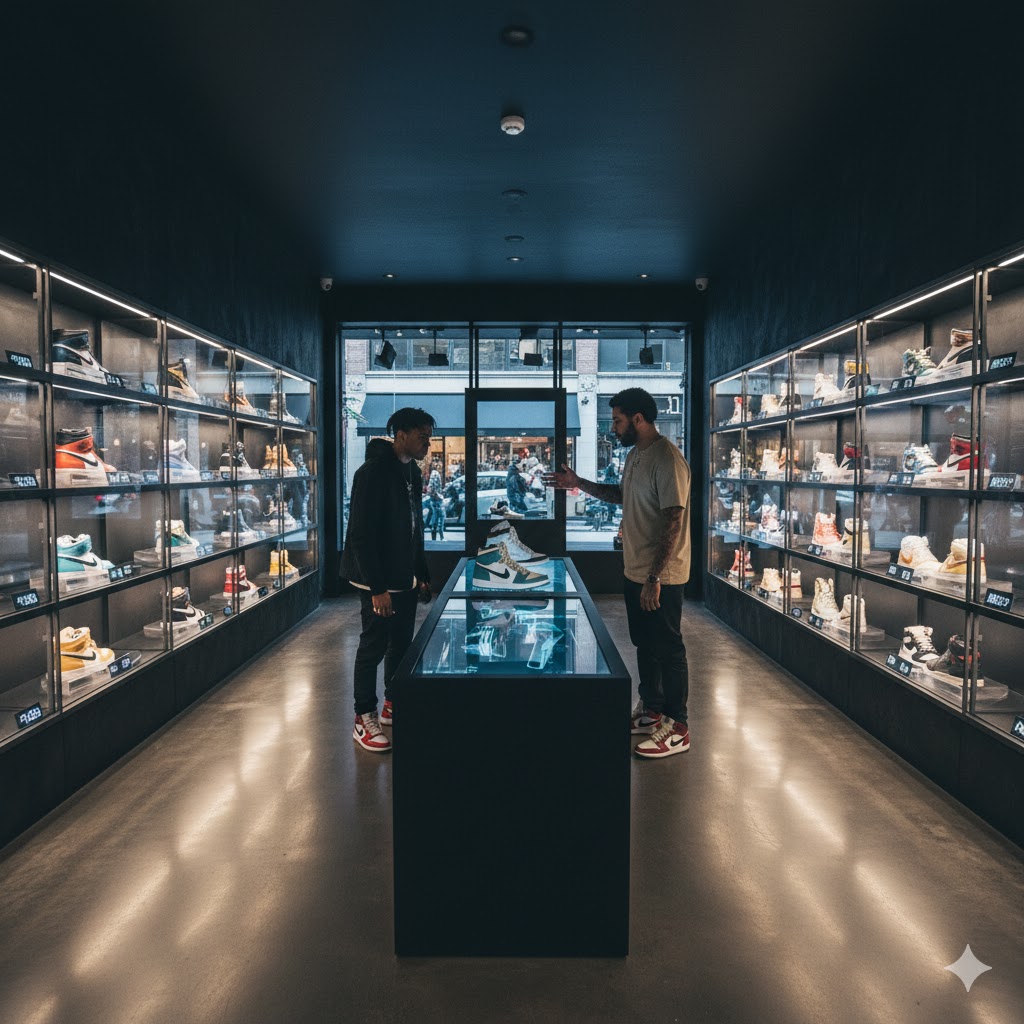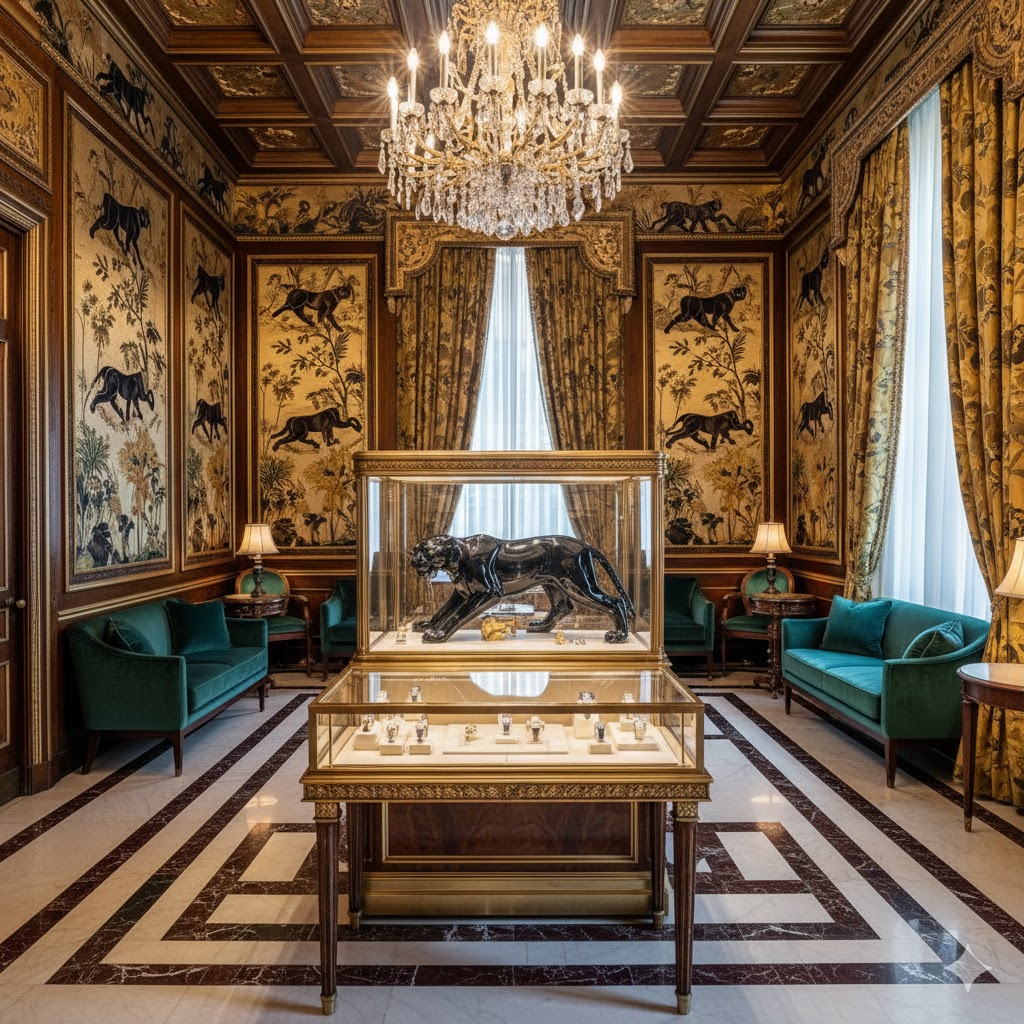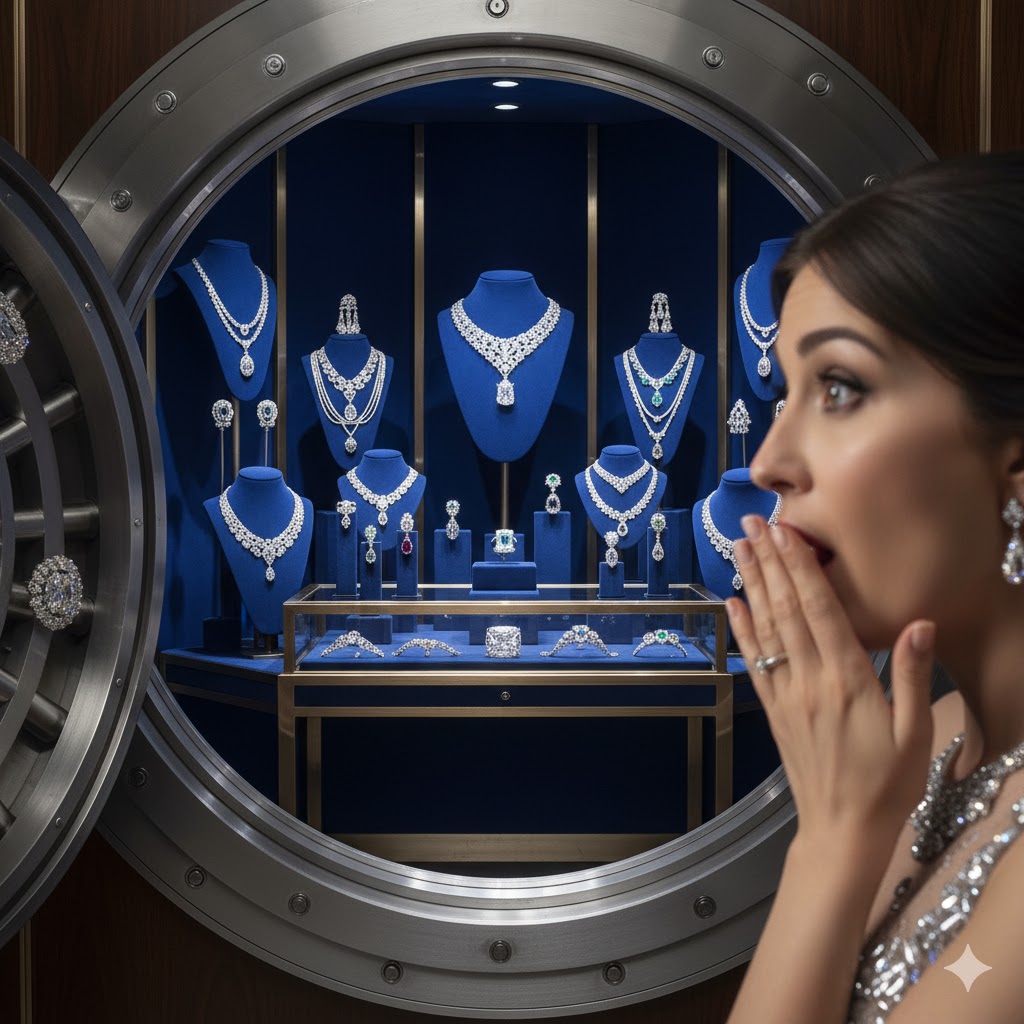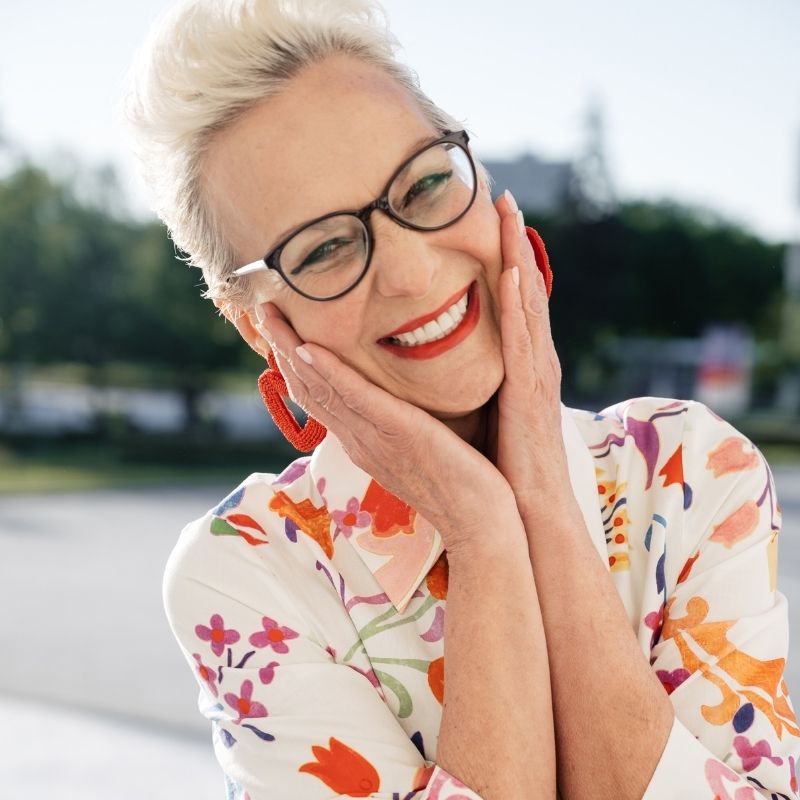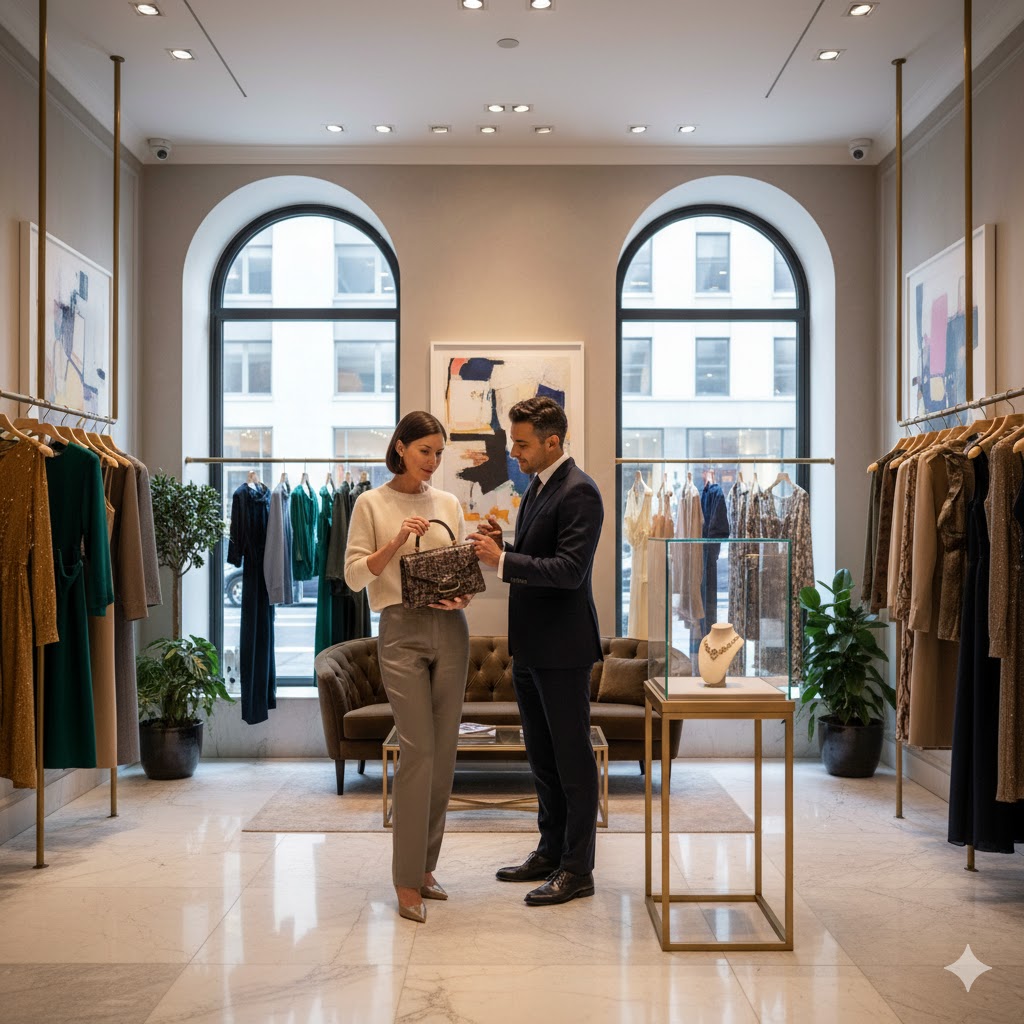The $5,000 Omakase: Inside NYC’s Most Exclusive Sushi Counters

In New York’s luxury dining scene, the $1,000-a-person Omakase at Masa is the “public” high-water mark. It’s the price of entry, the “trophy” that billionaires and celebrities collect. But what if that’s not exclusive enough?
Welcome to the world of the truly bespoke Omakase—an experience that isn’t on any menu and can’t be booked on Resy. This is the “$5,000 Omakase,” a price tag that happens only when a client desires something beyond rarity: a private audience with a master, or ingredients so rare they are sourced for a single meal.
We’re going inside the world of “off-menu” sushi. This article is part of our exclusive series, The AZ New York 100, where we decode the secrets of the super-rich.
The $5,000 Omakase: Inside NYC’s Most Exclusive Sushi Counters
A $5,000 Omakase is almost never a “public” menu. It is a “bespoke” experience, a “market price” meal that reaches this level. Here are the venues and scenarios where this happens:
- Masa (Private Experience): The “standard” $1,000 Omakase at the 3-Michelin-star counter is just the start. The true luxury is a private dinner with Chef Masa Takayama himself, either at the restaurant on a closed night or, more likely, at the client’s $100M penthouse. The $5,000+ price tag covers the chef’s time, the private staff, and ultra-rare ingredients (like 1% grade A5 Wagyu or first-auction Toyosu tuna) flown in for this one meal.
- The “Secret” Counters (Shion 69 Leonard St, etc.): These are the “by-invitation-only” temples of sushi. Shion, for example, is a 10-seat counter run by a master from Tokyo. While its “public” price is ~$400, the “clients in the know” (i.e., regulars) can pre-request a “bespoke” menu, asking the chef to source the rarest Kinki (Red Bream) or abalone, with the understanding that the final bill will be “market price”—easily clearing $1,500-$2,000 per person before sake.
- The “Private Chef” Omakase: The *real* $5,000 omakase is when the restaurant comes to you. Elite private chefs (many of whom are alumni of Masa or Tokyo’s Sukiyabashi Jiro) are on call for NYC’s billionaires. The $5,000 – $10,000 fee is for a private dinner for two, covering the chef, their assistant, and a curated selection of fish so rare it never even reaches the public market.
Comparative Table: The Levels of Omakase Luxury
What’s the difference between a $300 meal and a $5,000 experience? It’s a shift from “service” to “art” to “vassalage.”
| The Meal | Price (Approx. p/p) | The Experience | The Client |
|---|---|---|---|
| The 2-Star Omakase (e.g., Sushi Noz) | $300 – $450 | A flawless, theatrical 18-course meal. | The “Foodie” (Pre-paid on Tock). |
| The “Trophy” Omakase (Masa) | $1,000+ | A “trophy” meal of extreme luxury ingredients. | The “Trophy Hunter” (Booked on Amex). |
| The “Bespoke” Omakase (Private) | $2,500 – $5,000+ | The chef builds the entire meal around you. | The “Billionaire” (Booked via text). |

3 Case Studies: The Client and The Counter
- The “Trophy Hunter” at Masa: This is the classic “Masa” client. It’s a tech billionaire, a rapper, or a movie star. The goal is to experience the most expensive sushi in America. The client *wants* the $1,000+ price tag because that *is* the experience. The meal is an asset to be collected, a box to be checked, a story to be told.
- The “Bespoke Regular” at Shion: This client is a hedge fund manager who has been a regular at Shion for years. They have the chef’s personal number. They text a week in advance: “Hosting two partners. We want the best. No budget.” The chef then sources $2,000 worth of “off-market” fish (like 72-hour dry-aged Toro) just for their party. The final bill is presented quietly and is well over $1,500 per person.
- The “Private Audience” (At Home): This is the 220 Central Park South resident. They don’t go *out* for sushi. They fly in their favorite chef from Tokyo or LA for the weekend. The $5,000 (or $50,000) fee is irrelevant. The luxury is not leaving their penthouse. The “experience” is having a 3-Star Michelin-level meal served at their 12-person dining table, all while in their pajamas.
💡 Pro Tips: Accessing the “Inner Circle”
- It’s Not on a Reservation App: The most exclusive counters are not on Resy or Tock. Access is granted through a referral from a known client. It’s a “who-you-know” system.
- Become a “Regular”: The path to the “bespoke” menu is loyalty. Go to the same 2-Star counter. Go on a Tuesday. Sit with the same chef. After you’ve spent $10,000 over a year, you enter the “inner circle” and can start making special requests.
- Ask “What’s Off-Menu?”: The key phrase to a chef you know is not “what’s good,” but “What did you get in today that’s special?” This signals that you are open to “market price” and want the “best,” regardless of cost.
✨ NYC Luxe Curiosities
- The “No Soy Sauce” Rule: At this level, you will almost never see a bottle of soy sauce. The chef applies the *nikiri* (a special, aged soy-based glaze) with a brush, perfectly seasoning each piece before handing it to you. Dipping it is considered an insult.
- The “Perfect” Rice: The cost is not just in the fish. The chefs are masters of *shari* (sushi rice). They use rare, aged red vinegar (akazu), and the rice is served at a precise, warm, body temperature to enhance the flavor of the fish.
- The Hinoki Counter: The simple, pale wood counter at Masa (and others) is not simple. It’s often a single, 20-foot slab of *Hinoki* (Japanese cypress) that costs over $100,000. It’s “sanded” daily to a perfect, smooth finish.
🧐 FAQ: The Ultra-Luxe Omakase
1. Is there *really* a $5,000 Omakase?
Yes, but it’s a “private event,” not a “menu item.” The $1,000/person price at Masa is the public “trophy” price. The $5,000+ price point is almost always for a private, bespoke experience where the chef is booked personally and sources ingredients that are not available to the public.
2. What fish costs that much?
The cost is in the rarity. “First auction” Bluefin Tuna from Japan’s Toyosu Market can cost millions (for the whole fish). The client is paying for a piece of *that* fish. Other ingredients include ultra-rare Kinki (Red Bream), wild Abalone, and 1% grade A5 Wagyu beef from a specific farm in Kobe.
3. Is it “worth it”?
This is the wrong question. It’s not a meal; it’s a piece of performance art. It’s “worth it” for the same reason a $5M painting is “worth it.” The client is paying for the artist (the chef), the materials (the fish), the scarcity (the booking), and the status (the story).
Keywords for your next internet searches
$5000 Omakase NYC, Most Expensive Omakase NYC, Masa NYC Price, Why is Masa so Expensive, Shion 69 Leonard Street, Most Exclusive Sushi NYC, Invitation Only Sushi NYC, Private Sushi Chef NYC, Masa Takayama Private Dinner, Bespoke Omakase NYC,
Most Expensive Fish, Toyosu Fish Market Auction, Kinki Fish Price, NYC 3-Star Michelin Sushi, AZ New York 100, Exclusive Dining NYC, Secrets of the Super-Rich, Ultra-Luxe NYC, What is Nikiri, What is Akazu Sushi Rice, Hinoki Counter Cost, Sushi Noz, NYC Omakase Price List, Off-Menu NYC, NYC Foodie Scene
Next in the AZ New York 100: The 10 Hardest Reservations to Get in NYC (At Any Price)…
NYC’s New Social Order: Zero Bond vs. Casa Cipriani – The Battle of the Private Clubs


